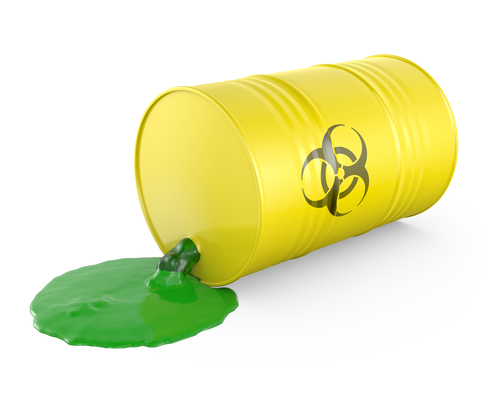Taking immediate action after a chemical spill has been identified can prevent worker injuries and environmental damage.
 When hazardous chemicals are present at a facility, it is essential for employees to be trained to respond effectively in the event of a spill.
When hazardous chemicals are present at a facility, it is essential for employees to be trained to respond effectively in the event of a spill.
Here are some key actions employees should take immediately if they detect a spill:
- Once a spill has been identified, employees should evacuate the spill’s immediate area, retreating to a predetermined assembly area or shelter-in-place that is a safe distance from the spill or release.
- When they are safe, workers should report the spill, contacting the company’s emergency response team by following the procedures outlined in the Emergency Response Plan.
- Employees should ask for instructions about what they should do until help arrives.
Meet your OSHA-required 8-, 24-, or 40-hour HAZWOPER training requirements with a DVD that contains 17 customizable PowerPoint presentations and a manual training kit. Get the details.
When reporting the spill, employees should provide responders with key information, such as:
- The name(s) of the chemical(s) involved in the release and the hazards of the chemical(s)
- The location of release and how it has released, such as a gas into the air, a liquid spray, or liquid flowing over the ground, etc.
- An estimate the quantity of released material
- Site conditions such as fire, fumes, and smoke
- Indications that the chemical release has reached or soon will reach environmentally sensitive areas
- Whether the area has been evacuated and if there are victims of the release that will need rescue or emergency medical treatment
Employees should also be trained to secure the area, if appropriate. For example:
- If safe to do so, designated employees may secure the area around the release to keep unauthorized personnel out while waiting for the response team to arrive.
You won’t find a more thorough and effective course related to hazardous waste operations to help meet the employee training requirements of OSHA’s HAZWOPER regulation than BLR’s HAZWOPER Training Program. Find out more.
- They may use caution tape, rope, cones, and barricades to create a safe zone around the area. (Your emergency response plan might call for the use of specific equipment; however, employees may be initially have to barricade with whatever is available.)
- Turn over control of the spill area to emergency response personnel once they arrive on the scene.
